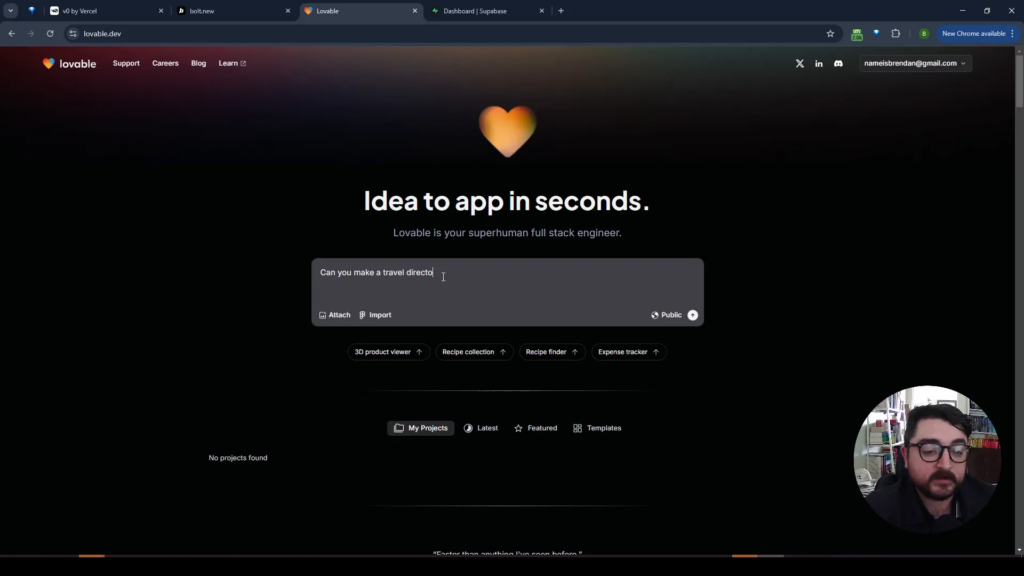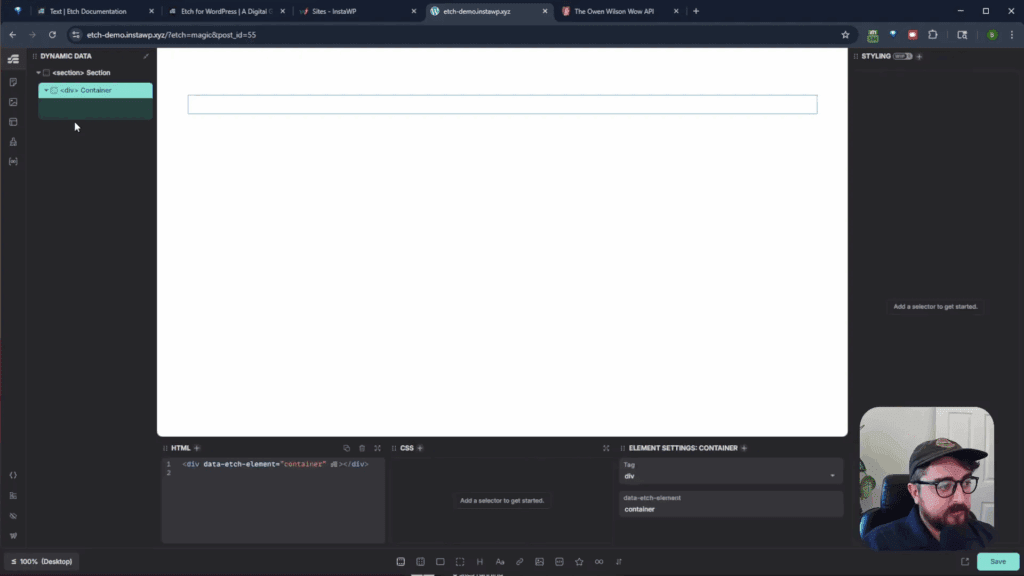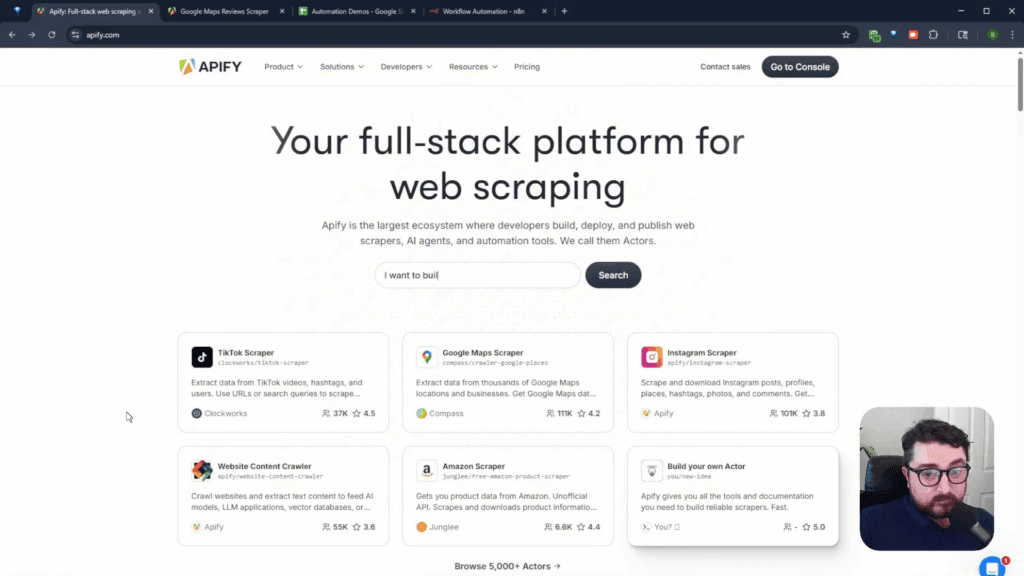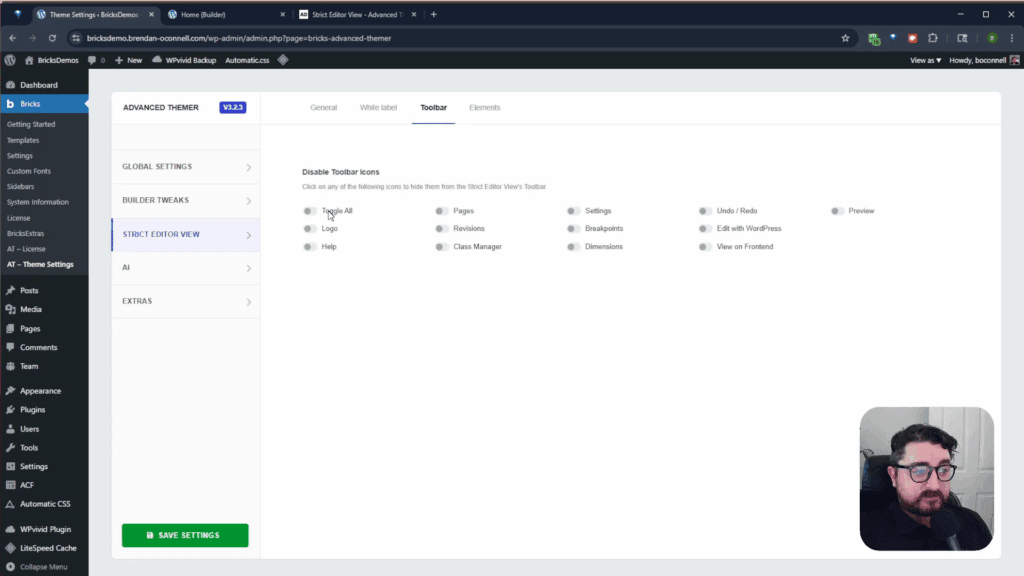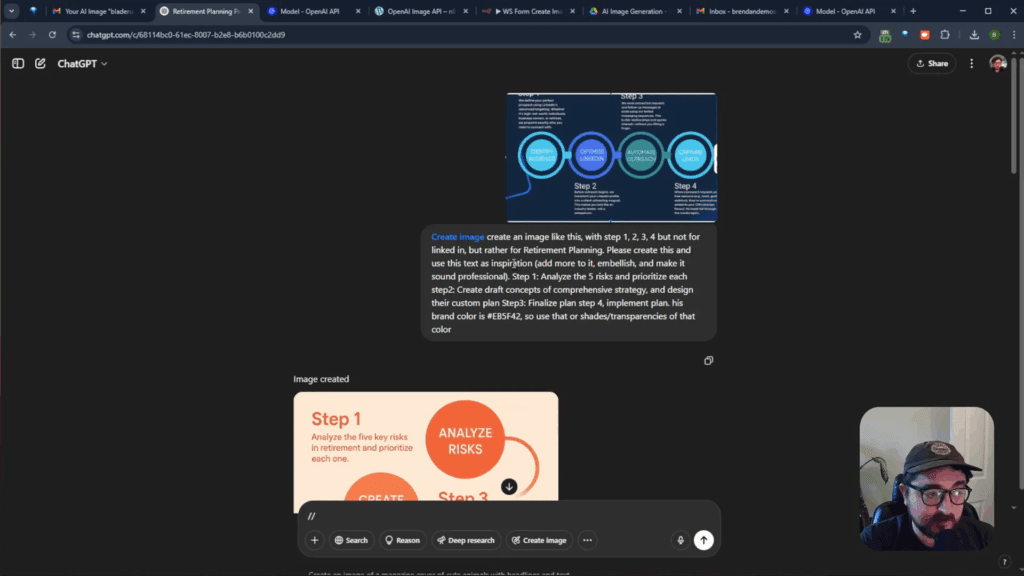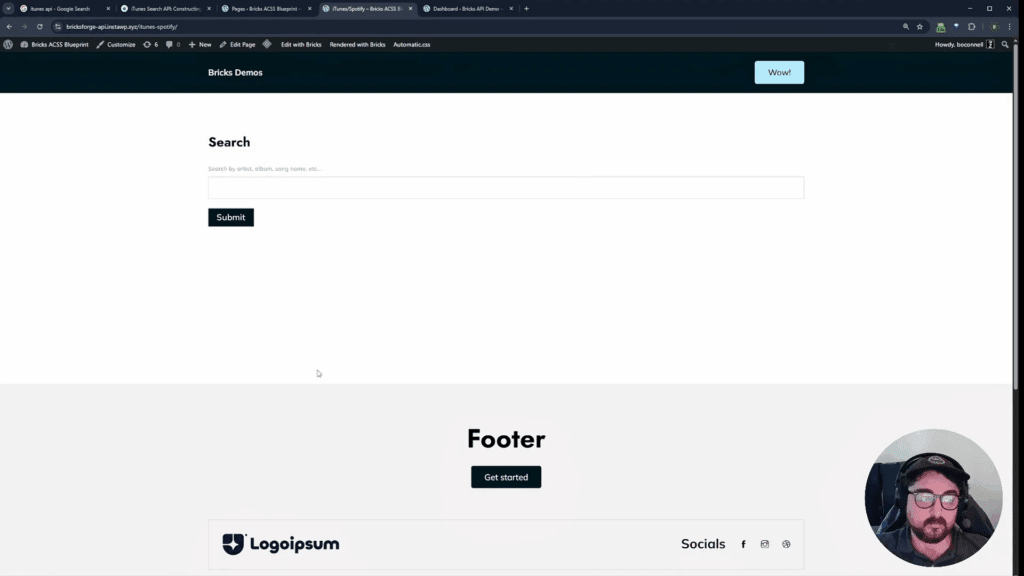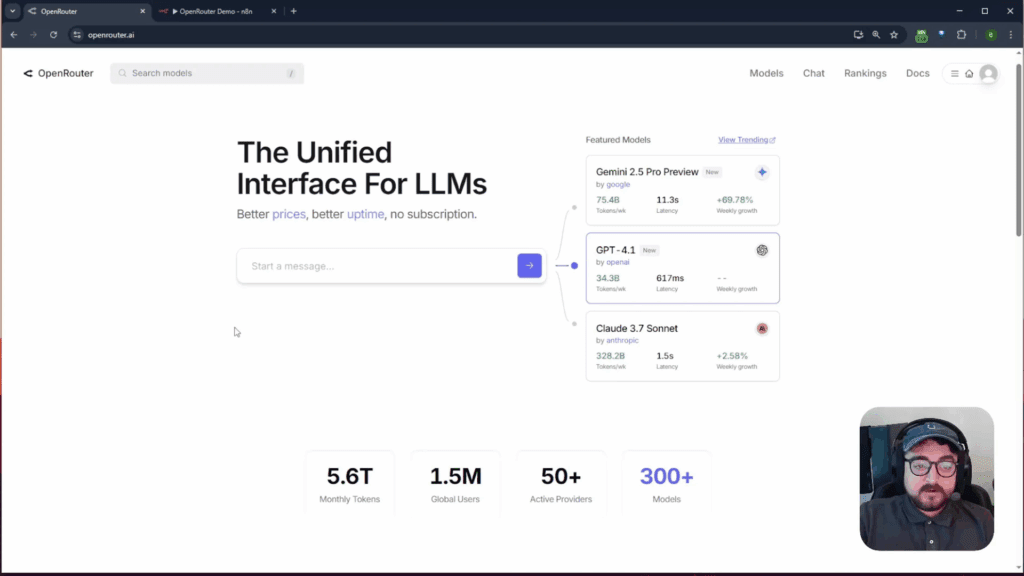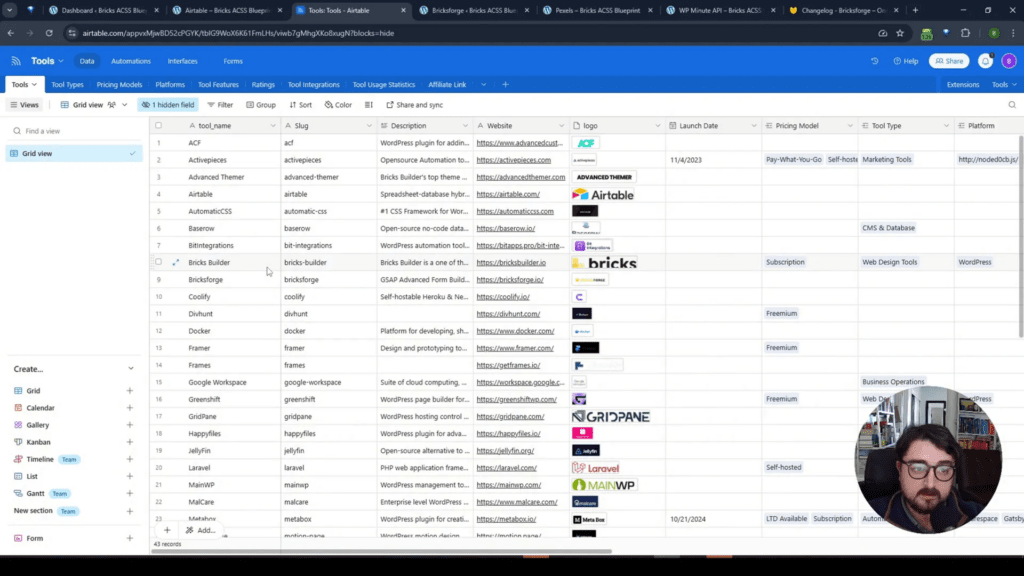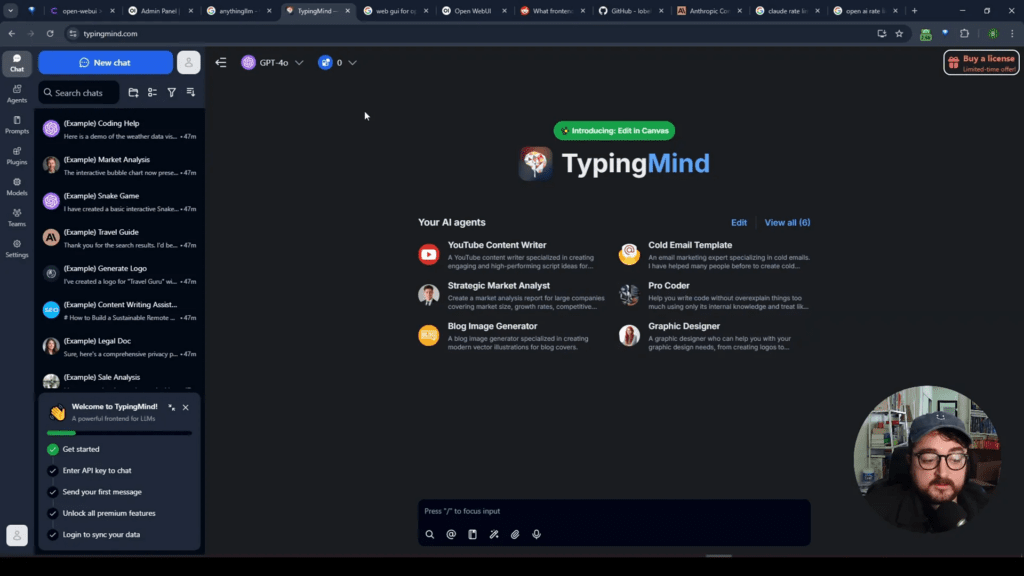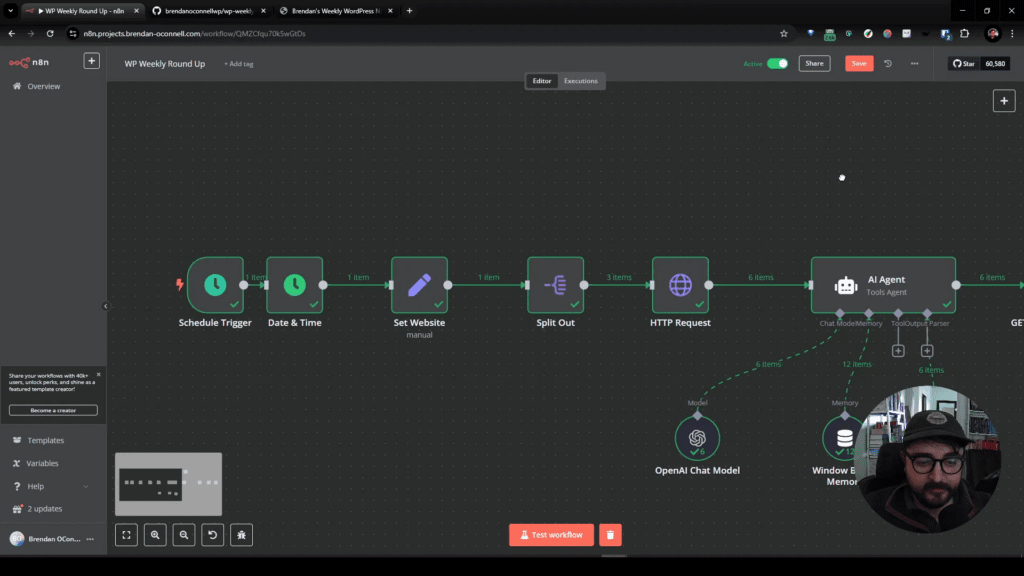The realm of app and website building is rapidly evolving, with innovative tools emerging almost daily. One such tool that has been generating buzz is Loveable. This AI-powered platform allows users to create applications simply by typing in prompts. Today, we’re diving into the experience of using Loveable to build an app, exploring its features, and examining the potential it holds for developers and entrepreneurs alike.
Table of Contents
- What is Loveable?
- Getting Started with Loveable
- The Creation Process
- Debugging and Enhancements
- Exploring the App’s Features
- Integrating with Superbase
- Enhancing the App’s Content
- Responsive Design and Publishing
- Styling and Customization
- Connecting to Superbase: The Final Steps
- Final Thoughts on Loveable
- FAQ
What is Loveable?
Loveable is an AI-assisted app development tool that simplifies the process of building applications. It enables users to input prompts and generates the front end of the app, complete with various components needed for functionality. Additionally, it integrates with Superbase, allowing for backend data management. This combination of front-end design and backend connectivity makes Loveable a compelling option for anyone looking to create an app efficiently.
Getting Started with Loveable
To kick things off, I set up an account on Loveable. The initial step was straightforward; I authenticated my account and was ready to create my first app. The goal? To build a travel directory that showcases various cities and activities, allowing users to create collections and favorite their preferred options. This concept seemed like a great way to explore what Loveable can do.
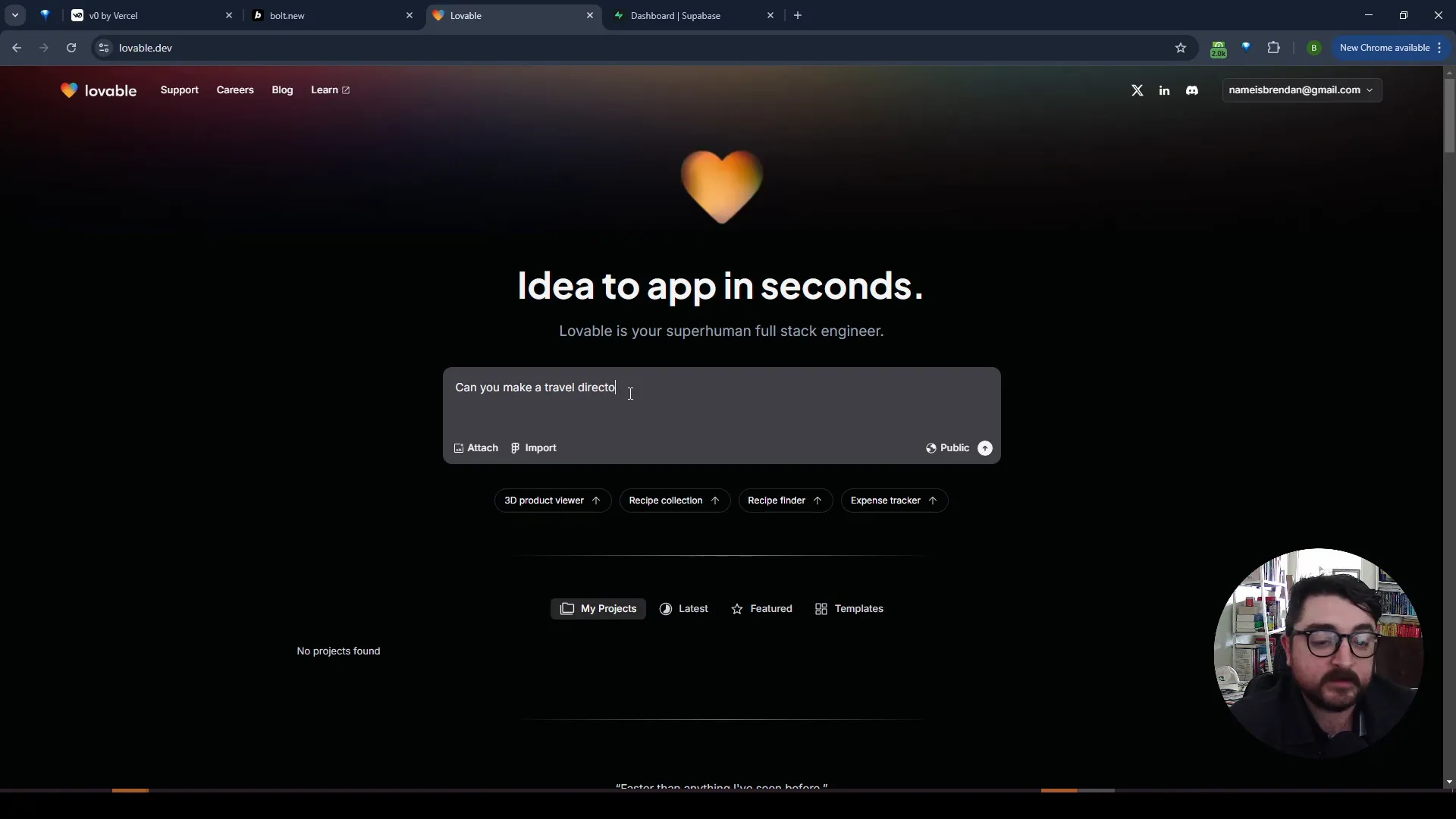
The Creation Process
Once I entered my prompt, Loveable began generating components for the app. What caught my attention was its ability to design a comprehensive travel directory inspired by modern minimalist design principles. It didn’t just create a simple homepage; it also generated detailed city pages and activity cards. The extent of its capabilities was impressive, as it utilized Tailwind CSS for styling and Typescript for functionality.
After a brief wait, Loveable completed the initial build, presenting me with a travel directory featuring smooth animations, glassmorphism effects, and responsive design. The automatic responsiveness was a significant plus, ensuring the app would look good on various devices.
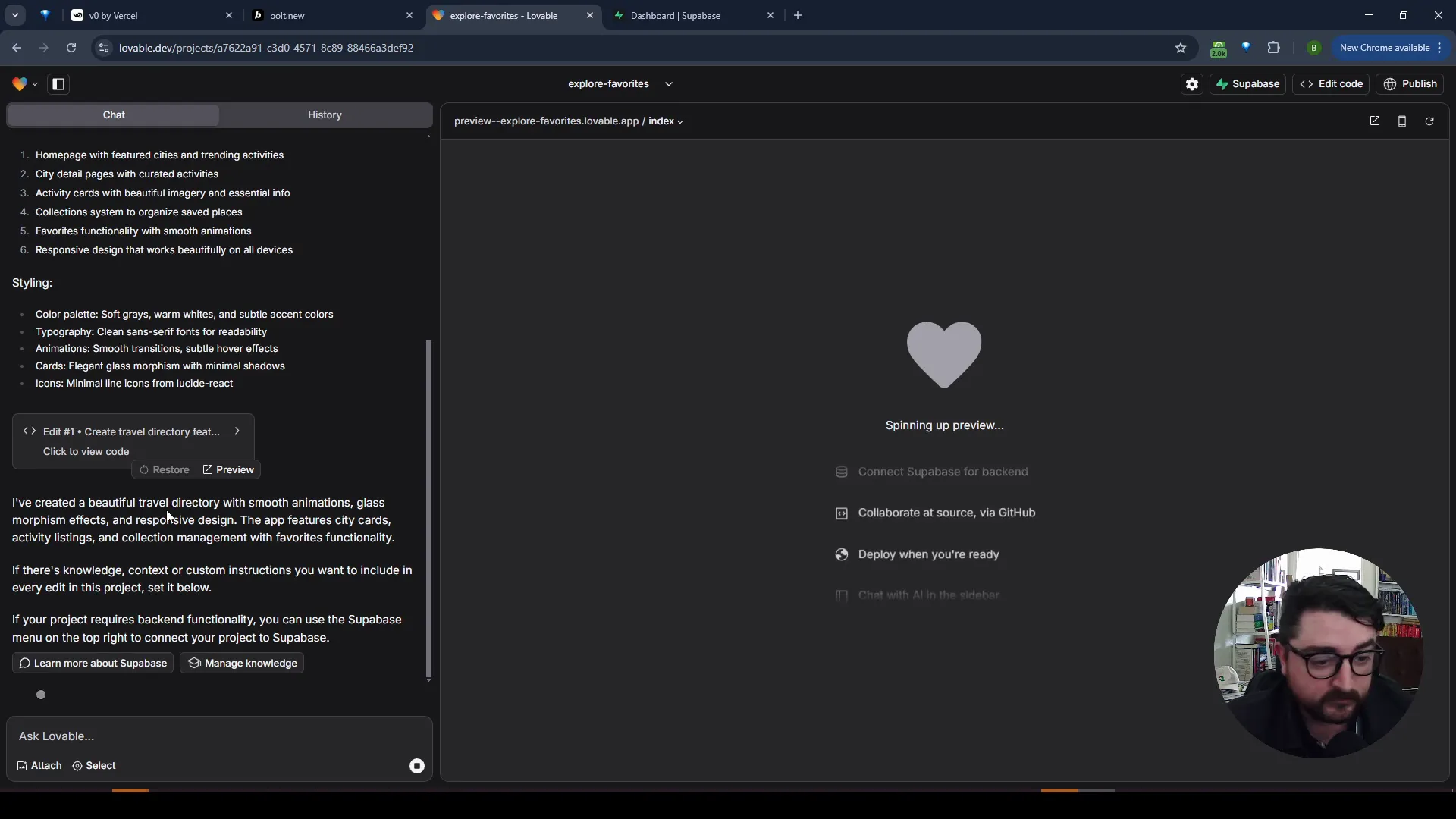
Debugging and Enhancements
However, the process wasn’t without its hiccups. I encountered an issue during the build, where a circular dependency caused the app to fail to build. Fortunately, Loveable’s real-time debugging feature helped me identify and resolve the problem quickly. This capability is particularly beneficial for developers who may not want to spend hours debugging their code manually.
Exploring the App’s Features
Once the app was successfully built, I explored its features further. The app included a dynamic URL routing setup, which meant that while the city pages weren’t fully generated, the URLs were correctly configured. This functionality indicated that users could navigate to different city pages, which is essential for any travel directory.
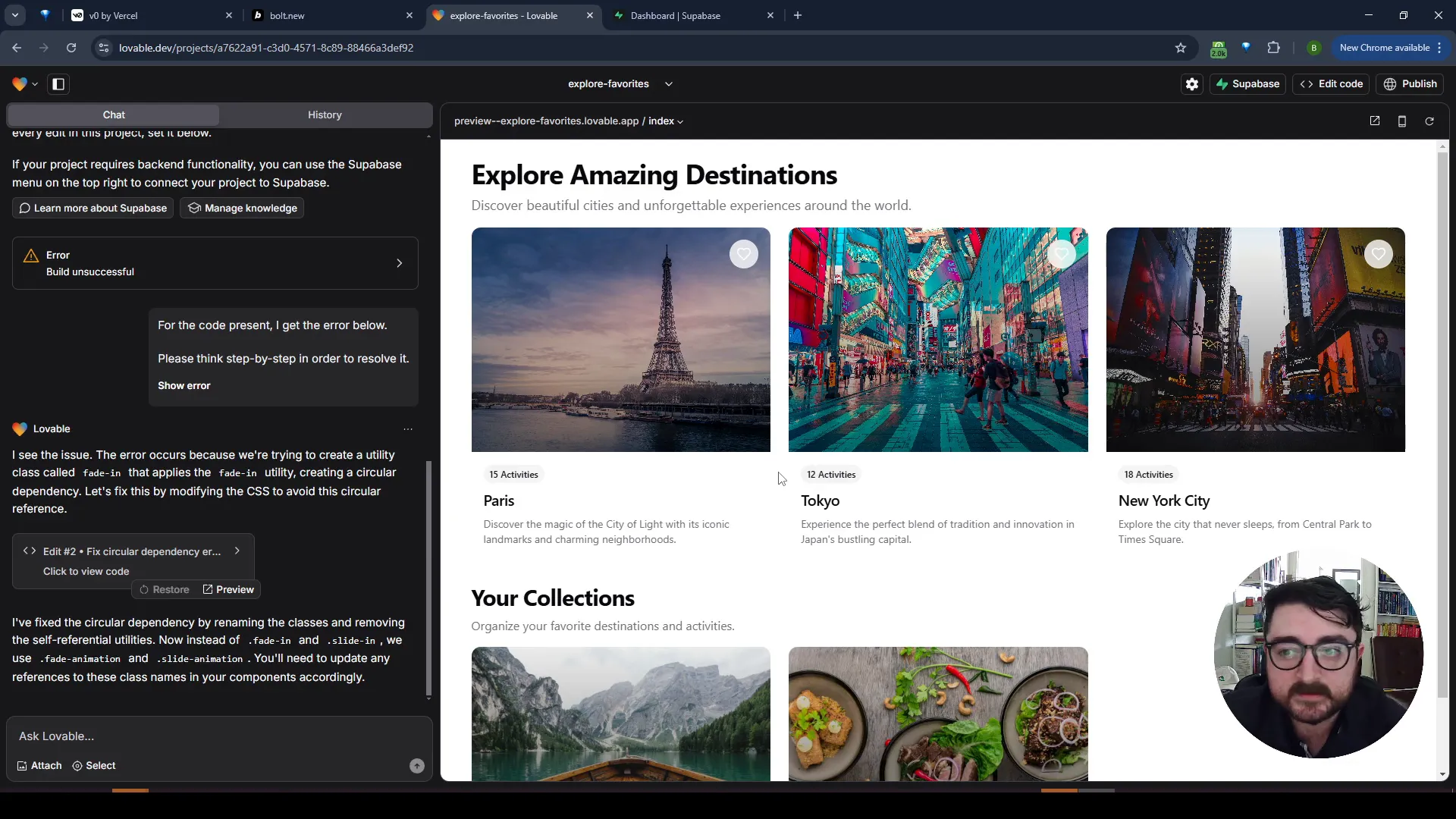
Integrating with Superbase
One of the standout features of Loveable is its integration with Superbase, which allows for the connection of a PostgreSQL database. This functionality is crucial for adding real data to the app, making it more than just a prototype. I was eager to see how this integration worked, so I proceeded to connect my Superbase account.
The process was seamless. I created a new project in Superbase and entered a password. While it took a few minutes to set up, I appreciated how Loveable streamlined the integration process. This is particularly valuable for product managers and agencies who need a quick turnaround on projects.
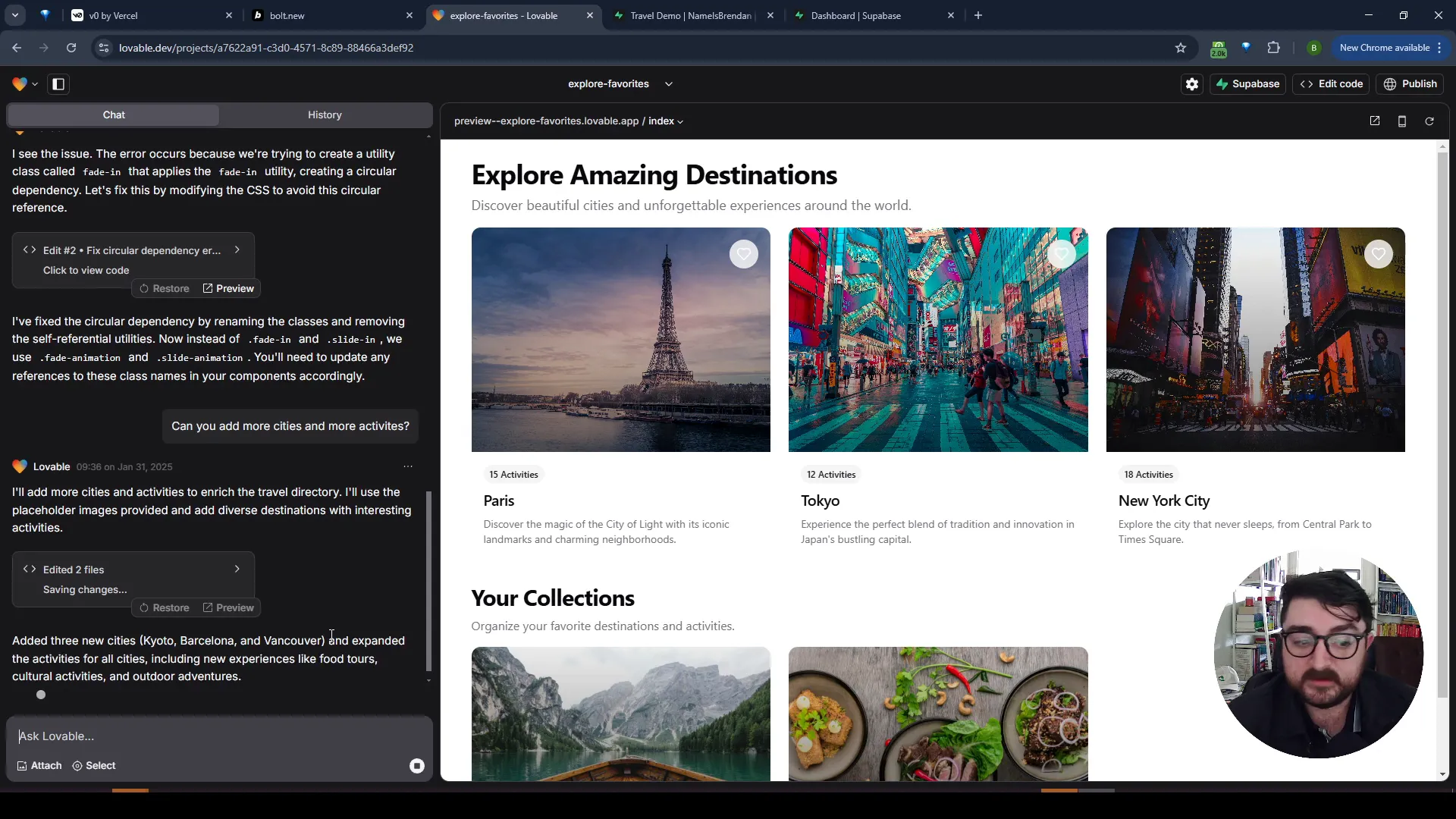
Enhancing the App’s Content
With the basic structure in place, I decided to enhance the app by adding more cities and activities. Loveable’s conversational interface allowed me to request these changes without needing to rewrite the entire codebase. This feature is a game-changer for developers looking to iterate on their designs quickly.
After a brief moment, Loveable added three new cities—Kyoto, Barcelona, and Vancouver—along with various activities for each. This capability to easily expand the app’s content demonstrates the flexibility and efficiency of Loveable.
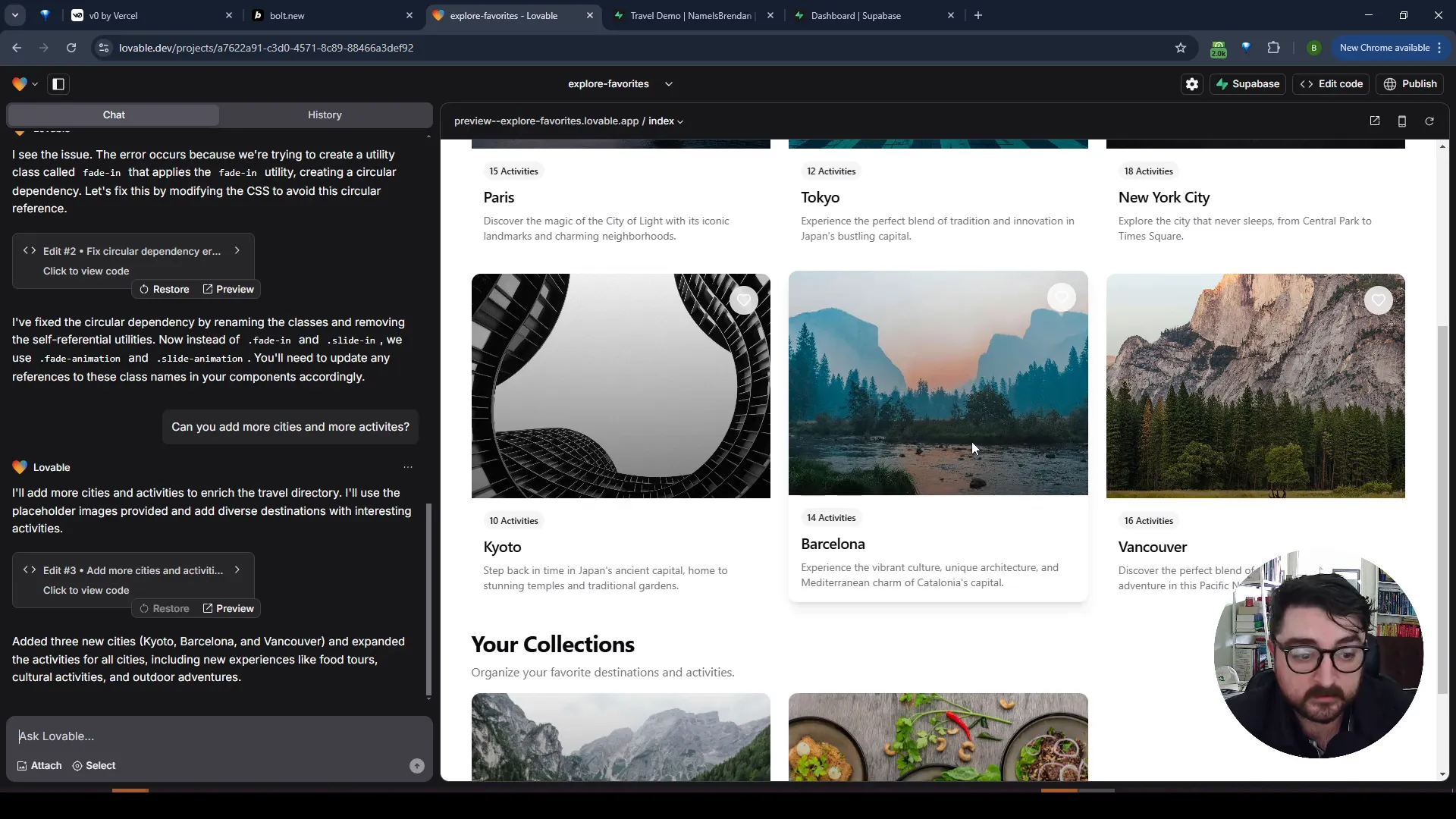
Responsive Design and Publishing
Another impressive aspect of Loveable is its commitment to responsive design. As I navigated through the app, it was evident that it adapted well to different screen sizes. Once I was satisfied with the app, I explored the option to publish it. Loveable allows users to publish their app on a custom domain or a subdomain, providing a live URL that can be shared with clients. This feature is invaluable for showcasing a proof of concept before diving into full development.
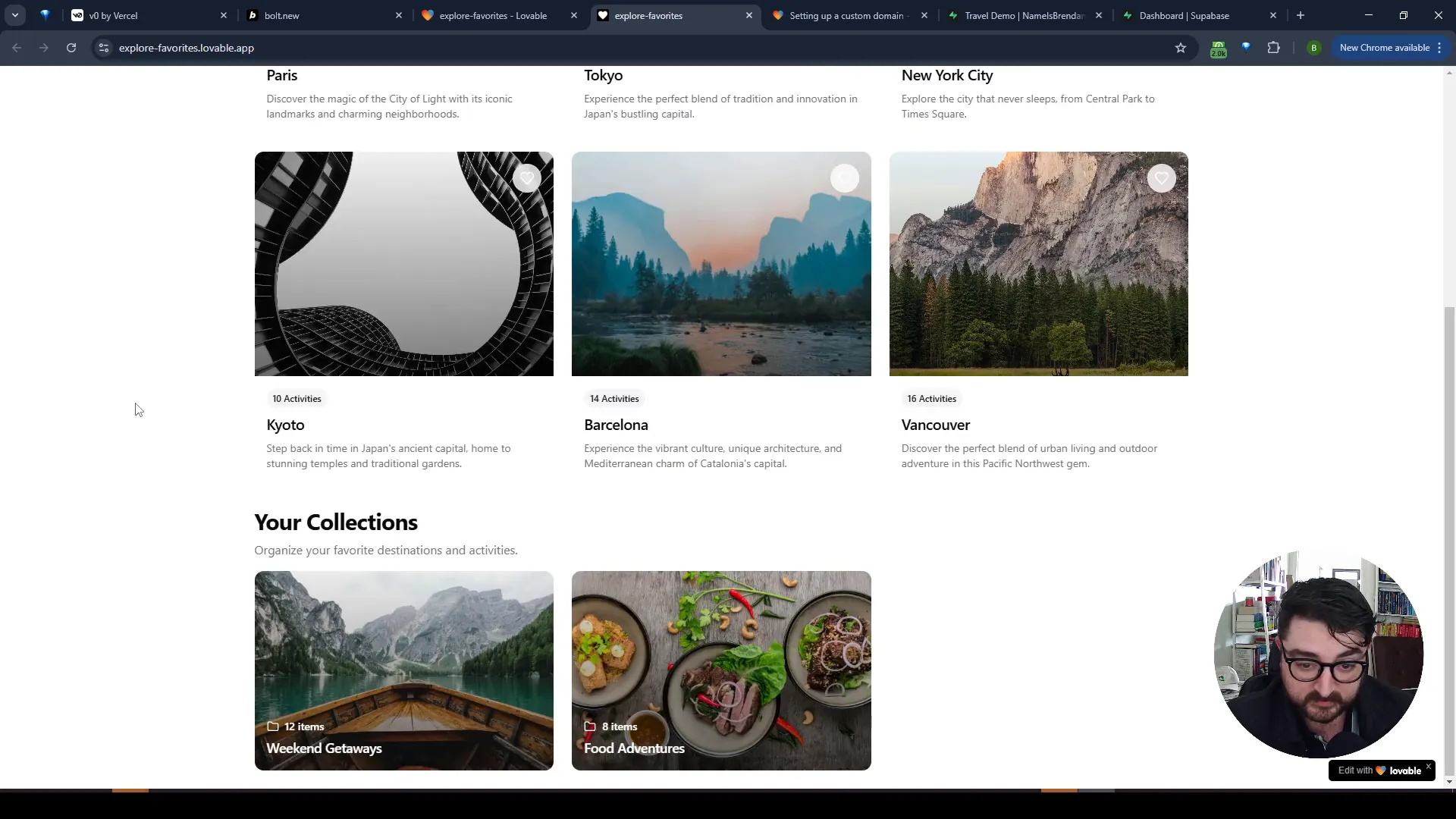
Styling and Customization
As I continued to refine the app, I decided to experiment with different design styles. Loveable allows for significant customization, including requests for bold neo-brutalism designs or other stylistic changes. This flexibility is especially beneficial for designers who want to create unique user experiences without starting from scratch.
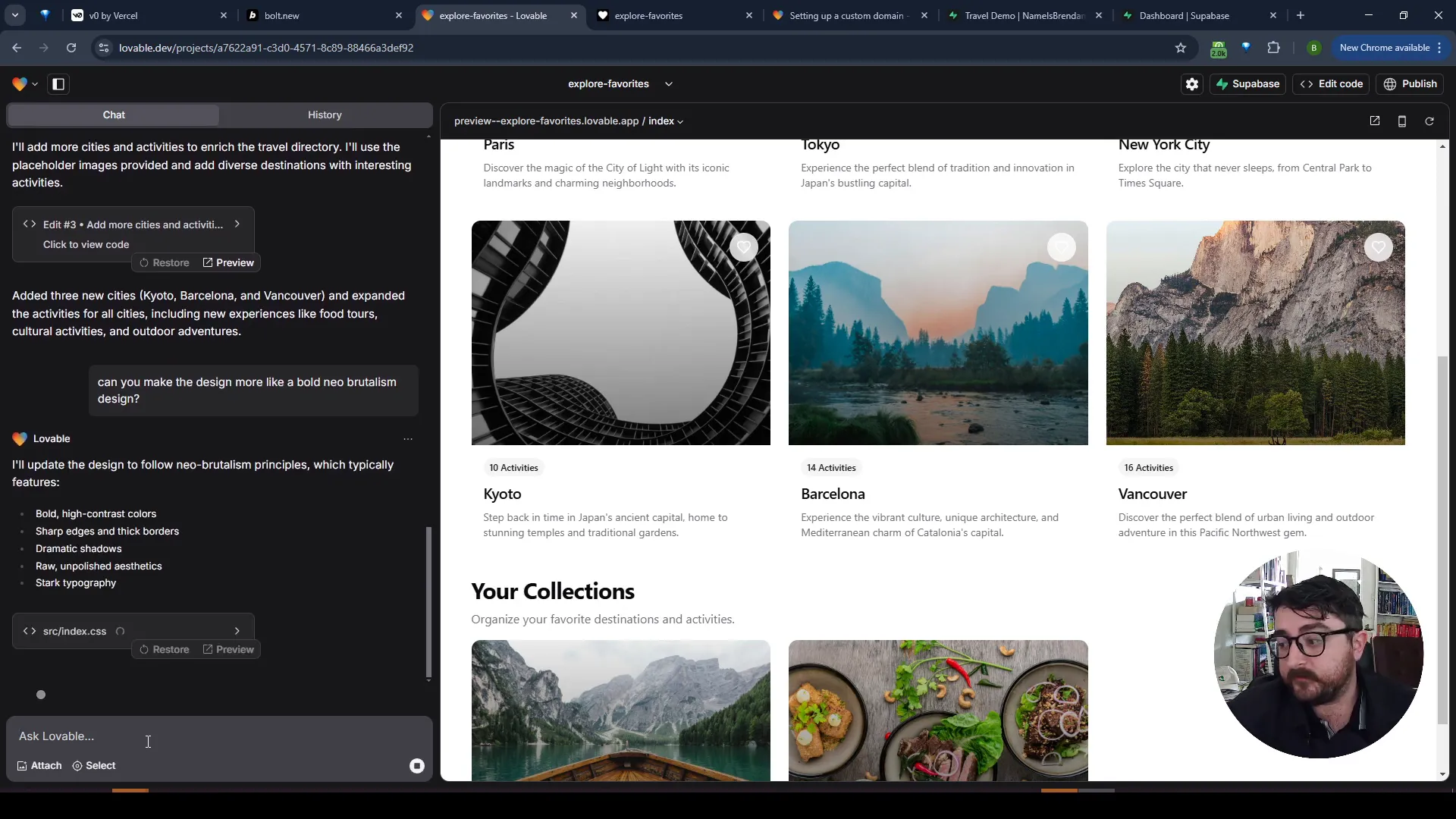
Connecting to Superbase: The Final Steps
With the design enhancements complete, I returned to the Superbase integration to finalize the setup. Loveable connected to my Superbase project, gathering the necessary database structure and security settings. This step is crucial for ensuring that user accounts and data management are handled efficiently.
However, I did hit a limitation on the free plan, which restricted the number of daily prompts I could use. For $20 a month, Loveable offers a generous increase in daily limits, making it an affordable option for developers needing to test and iterate frequently.
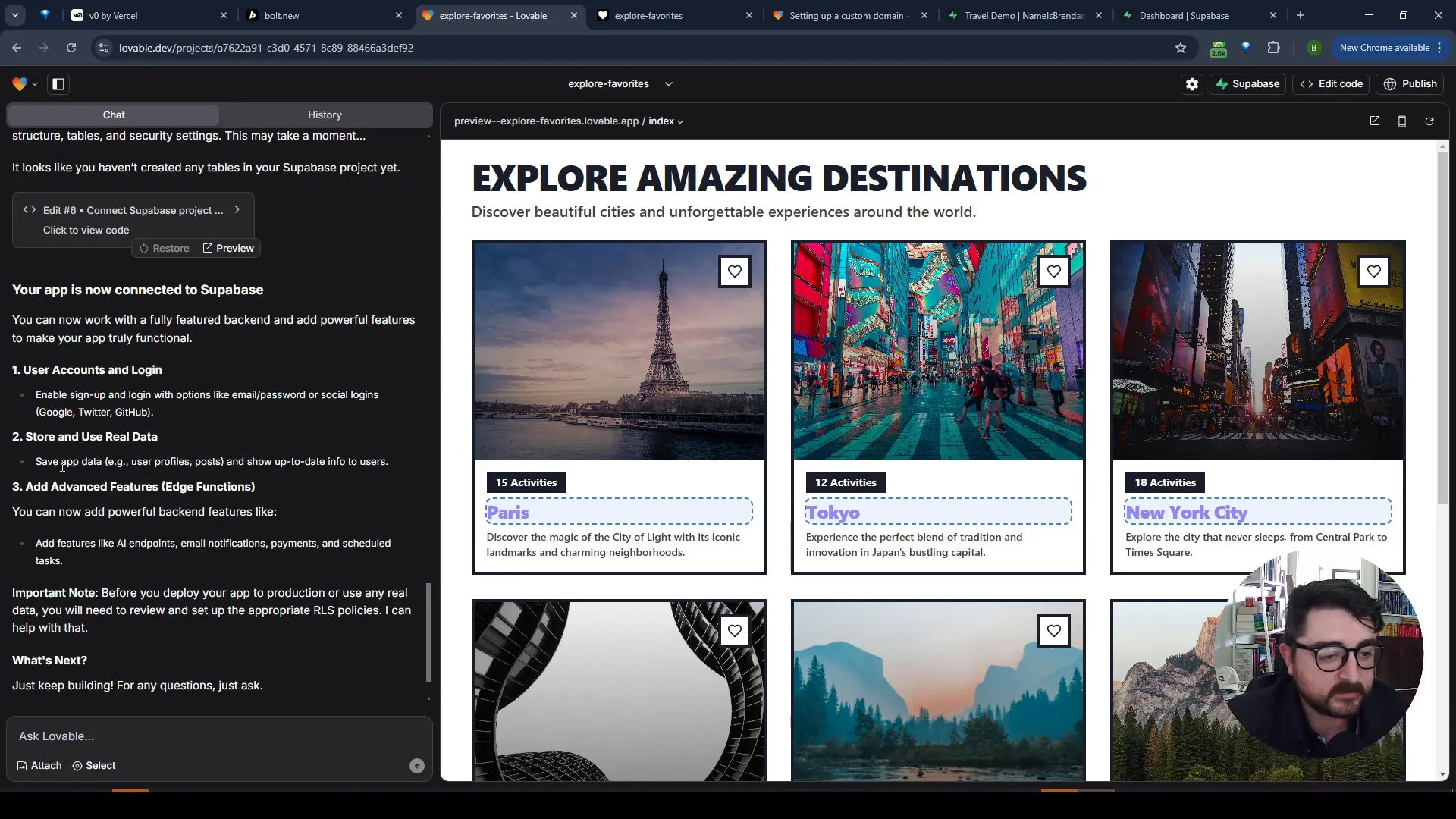
Final Thoughts on Loveable
In conclusion, Loveable presents an exciting opportunity for anyone looking to streamline the app development process. With its AI-driven capabilities, seamless Superbase integration, and responsive design features, it stands out as a powerful tool for developers, product managers, and solo entrepreneurs. The ability to quickly prototype ideas and publish them for client review can significantly enhance workflow and productivity.
As we continue to explore the evolving landscape of AI-assisted development, tools like Loveable will likely become indispensable for those aiming to stay ahead in the tech world. If you’re interested in trying it out, you can start for free at Loveable.
FAQ
What is Loveable?
Loveable is an AI-assisted app development tool that allows users to create applications by typing in prompts, generating the front end, and integrating with Superbase for backend functionality.
Can I use Loveable for free?
Yes, Loveable offers a free plan, but there are limitations on the number of daily prompts. For more extensive use, a paid plan is available for $20 a month.
How does Loveable integrate with Superbase?
Loveable allows users to connect to Superbase for backend data management, enabling the creation of a PostgreSQL database that can store app data and manage user accounts.
Is Loveable suitable for beginners?
Absolutely! Loveable is designed to be user-friendly, making it accessible for beginners who want to create apps without extensive coding knowledge.
What types of applications can I build with Loveable?
You can build a variety of applications, from simple prototypes to more complex apps with dynamic content, depending on your needs and creativity.
For more insights and updates on web development, you can follow me on Twitter or visit my website.

